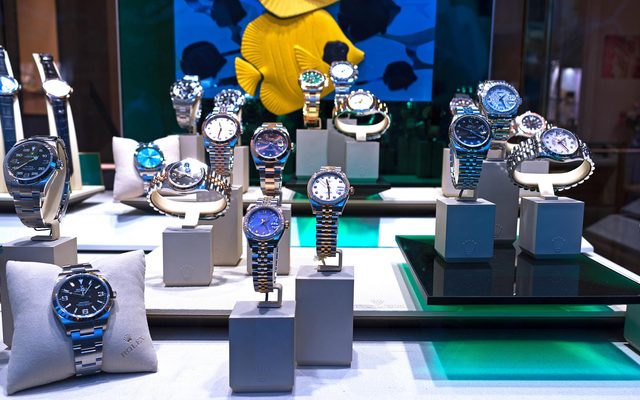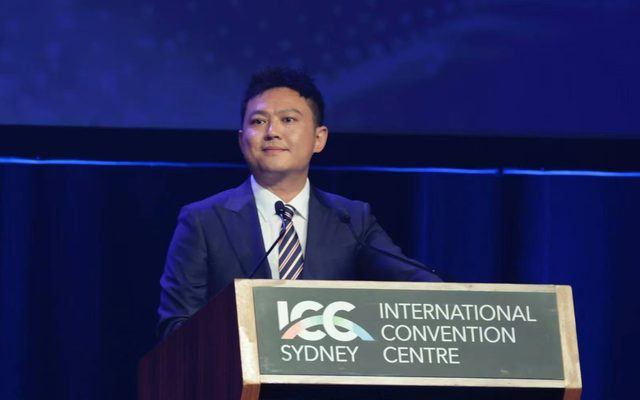This article is from the Australian Property Journal archive
RETIREMENT community operator Aveo said negative media coverage has hurt its short-term business, despite more than doubling its profits for the 2017 financial year.
It posted a statutory profit after tax to $108.4 million, up 118% on last year, as well as an underlying profit after tax increase of 22% to $108.4 million.
A Four Corners and Fairfax investigation alleged the operator was price gouging residents fees, sparking reactions from the Australian Competition and Consumer Commission and the New South Wales Government.
“The strong sales momentum of the business across FY17 has been impacted in the short term by the media attention on Aveo and the retirement sector more generally over recent months, Aveo’s chief executive officer, Geoff Grady said.
“Inquiry rates in July were approximately 60% of those experienced in the same period last year but are now increasing. The quality of inquiry has actually improved, as enquiries by informed customers are enabling genuinely interested buyers to progress to meetings with sales consultants,” he added.
Following media investigation Grady also said Aveo will move to simplify its contracts within the next 12 months.
Its lift in earnings was driven in a 55% rise in sales to 1,242 units over FY17. Its Retirement Established Business returned a 37% increase in sales to 1,008 units, with a 25% jump in average price point to $358,000. The legacy business also achieved a 37% revenue increase to $204.1 million, and in profit 26% to $73.8 million.
The retirement development business delivered 266 new units as major developments, with 506 forecast for FY18.
Grady said core business was strengthened by solid contributions from its Freedom Aged Care and RVG businesses, acquired in 2016.
Aveo’s funds from operations increased from $141.3 million to $163.9 million, due to lower capitalised interest included in the cost of goods sold and higher income tax expenses.
Net tangible assets were up 12% to $3.37 per stapled security.
Retirement assets comprise 87% of divisional assets as it continues to sell off non-retirement assets.
Australian Property Journal




